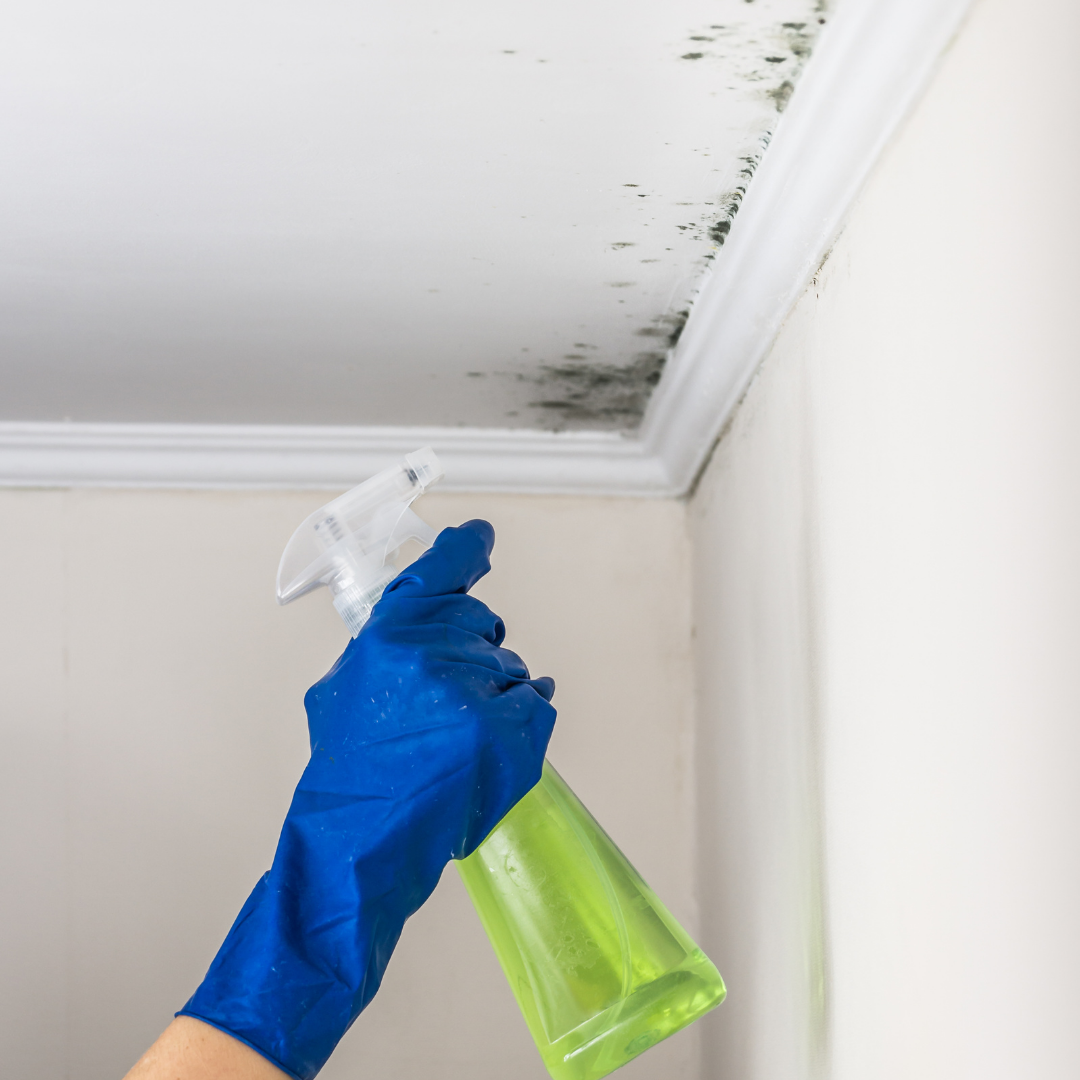
Anytime in the spring that you go out and you hook your hose back up and you turn it on, you need to go down into the basement and make sure it’s not leaking as a result of a winter freeze that’s now thawed. We get a number of freezes in the spigots that once it warms up and you turn them on the pipe is going to leak. For the most part, these are insurance clients because the pipe cracks inside the house. The second thing that you’re going to see is that your basement is going to start smelling musty. Especially as it warms up that musty smell is the start of new microbial growth or new mold. And that was caused by not improper drawing when pipes broke from an especially long freeze. So if you are smelling something musty, it’s probably coming from the basement. We need to go down and search and see, see where it’s at. If there’s new microbial growth we probably need to remove it.
How Does PuroClean Certified Restoration Specialists Remove Mold From My Home?
We’re going to create a negative air chamber, build a barrier around the area that we’re working in, and we will prevent any of these mold spores from leaving the barrier or the work area and infecting the rest of your house. Then we’re going to go in and remove the dry wall that’s affected. We’re going to clean and remove the mold from the substructure or the studs that are holding up your house. Once we’ve removed all the mold, then we bring in an indoor air hygienist to do an air clearance test, just to make sure that the house is safe. At that point, we know all the mold is gone and you have a healthy living environment.
Can I Remove the Mold Myself?

If you find less than 10 square feet of mold it’s really no danger to you. For an avid DIYer, we recommend going in with a drywall saw and cutting out the dry wall. We’d then recommend using some anti-microbial dish soap to clean the substructure below it. Then we’d rebuild it. Now, if, if you get in there and you cut your first piece of drywall and you turn it over and it’s got mushrooms or really black, black stuff on it, this is going to be more than 10 square feet. At that point, you need to carefully bag that piece of drywall and you need to cover that hole to prevent the mold spores from spreading throughout your whole house. At that point, it’s going to turn into a full mold job, but if it’s just a little bit of mold, cut it out, wash it off, clean it up and you’re fine.
A couple places to check if you think you could have mold is on your drywall and underneath the carpet. We recommend pulling up a piece of carpet in a corner or wherever the water looked like it was coming down. On the carpet, the tack tack strip (that’s the strip that holds the carpet down) seems to be one of the first places that mold starts to grow. And if that strip is black and the nails are all rusty, we probably have some mold issues. You can also tell where the water was by looking at the baseboards. If the baseboards are swelled out we know that there was water behind there at one point, and then you can pop a couple of the baseboards off and see if there’s mold behind them.
What Do I Do if I Have Mold?

If you believe that you have mold we recommend bringing in an indoor air hygienist and we have several that we can recommend. The only way mold really affects people is when it’s airborne and you’re breathing it in. You’ll hear it on the evening news in the summertime but allergies are high when the weather is warm.
Does PuroClean Certified Restoration Specialists Do a Mold Assessment?
At PuroClean Certified Restoration Specialists we always offer a mold assessment where we come inspect the area where mold is present to determine if it is in fact mold, not dirt or stain. Then we’re going to do our best to figure out how far the mold could have gone. Generally we’re looking for signs of mold damage like water stains or peeled paint.




 PuroClean Certified Restoration Specialists
PuroClean Certified Restoration Specialists